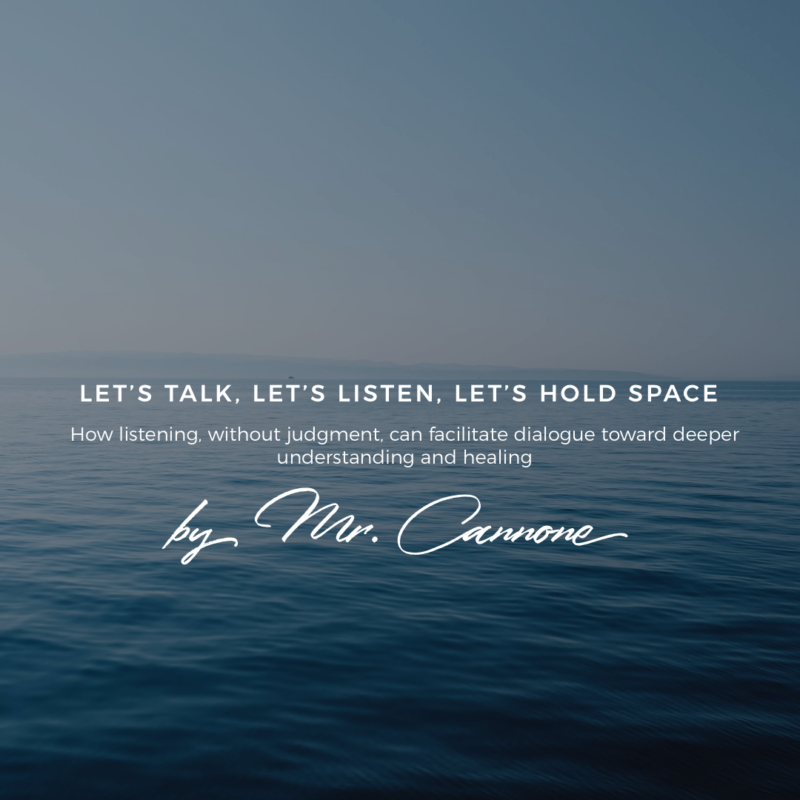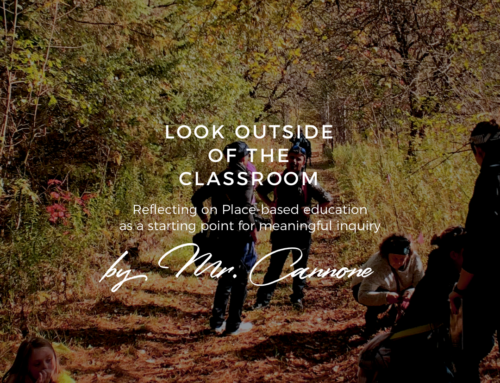Let’s Talk, Let’s Listen, Let’s Hold Space
Since its inception in September 2010, Bell Canada’s yearly Mental Health initiative #BellLet’sTalk has encouraged conversation about mental health to help reduce the stigma and promote awareness and understanding. While talking has appropriately been emphasized as the first step towards this goal, the art of listening (essential to the meaningful understanding of the other) has often been left out of this important conversation.
I am not an expert in listening but over the years, with the help of friends who have modelled this for me and with my experience as a former reporter, I have gleaned valuable insight. I have learned that while it is in our nature to respond immediately to what has been shared, often with a suggestion, connection, or solution, it is important to ask first if that’s what your speaker is looking for. Most often, what they are looking for is that their experience be validated. When we establish what the speaker would like from us, we strengthen our presence as an intentional and empathetic listener, whose priority is the speaker and the feelings they have to offer. The following visual, prepared by Community Mental Health Action Plan, offers suggestions for how to respond to someone about their mental health:

In her novel, “You’re Not Listening”, Kate Murphy states that, “To really listen is to be moved physically, chemically, emotionally, and intellectually by another person’s narrative.” The well known phrase, “Be kind for everyone is fighting a battle you know nothing about” connects to the aforementioned need to be moved by another person’s narrative. Sometimes, we may not know what is going on but in holding space, through intentional listening without judgment, we can more easily walk alongside that person and move from an empathy stance (shared pain) to a compassionate stance (connection and action-oriented) whereby our acceptance of their feelings has evolved into support for them.
Non-verbal cues can also provide us with insight into how someone else is feeling. What others show us means as much as what they verbally share with us. For example, a few years ago, I noticed that a colleague lost his cool on the students in his classroom and rather than criticizing him for how he reacted, I followed up with checking in to see if that colleague needed an ear. There was clearly something going on which fuelled that frustration and by offering to listen, rather than react and judge, I was able to support that colleague through a challenging situation. As educators, we apply this same approach with our students, as we recognize that behaviours bear meaning. We may ask ourselves, “What could they be experiencing that is causing this behaviour? What stimuli or situations can I change? How can I adjust my practice to optimally serve this student? What does this student need from me?” When I think of this, I am reminded of the quote from award-winning author, L.R. Knost who said, “Everyday in a hundred small ways our children ask, “Do you see me? Do you hear me? Do I matter? Their behaviour often reflects our response.” Interestingly, the same is true with adults yet so many times, whether it be in our interactions with colleagues, parents of students, or friends, we may overlook this necessity – to listen, empathetically, without judgment and more importantly, forgiveness. From my own interactions with others, I have come to learn that beyond how we respond, it is how we choose to listen that will facilitate open dialogue toward more deeply understanding each other and the unique journeys that we are on.






